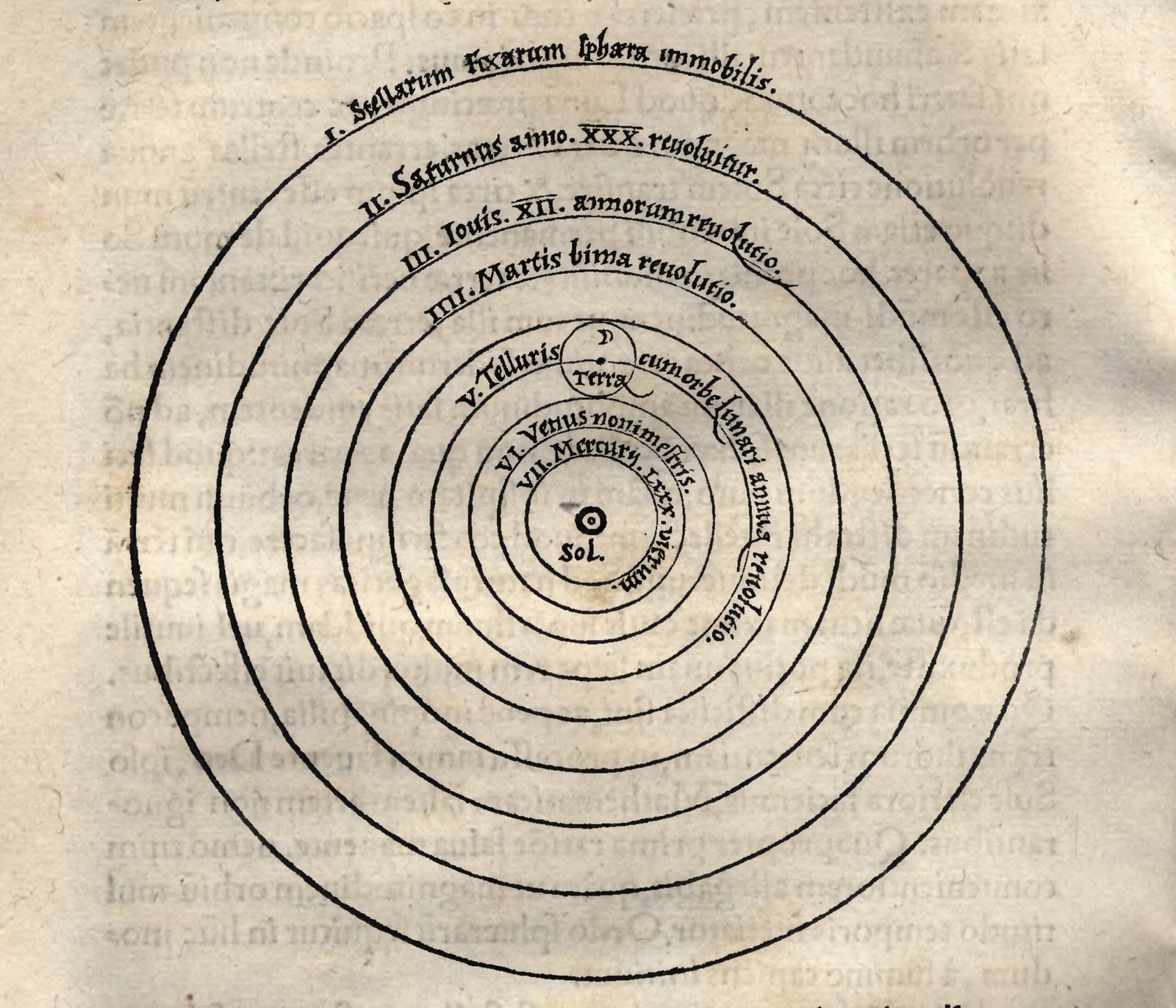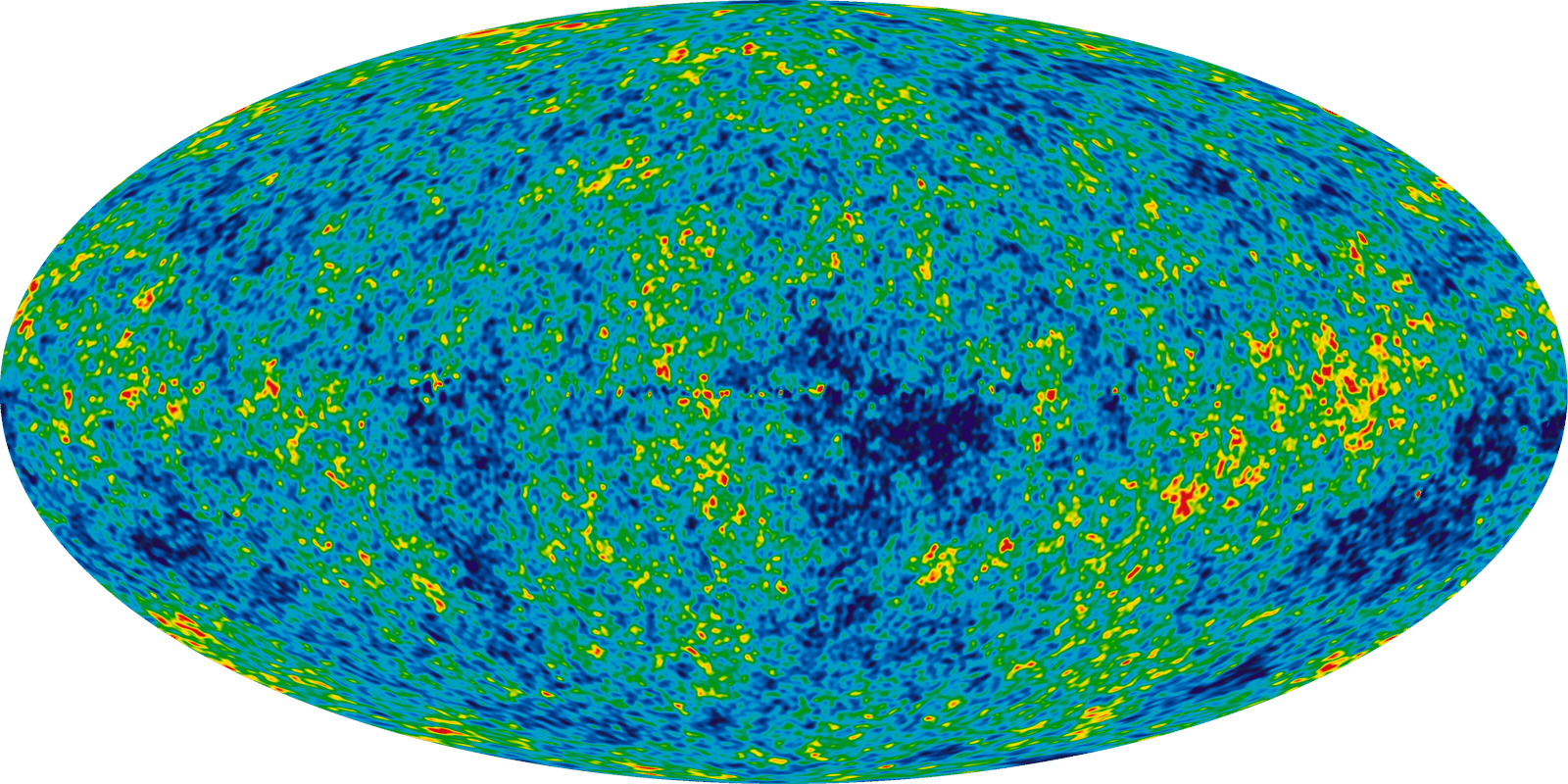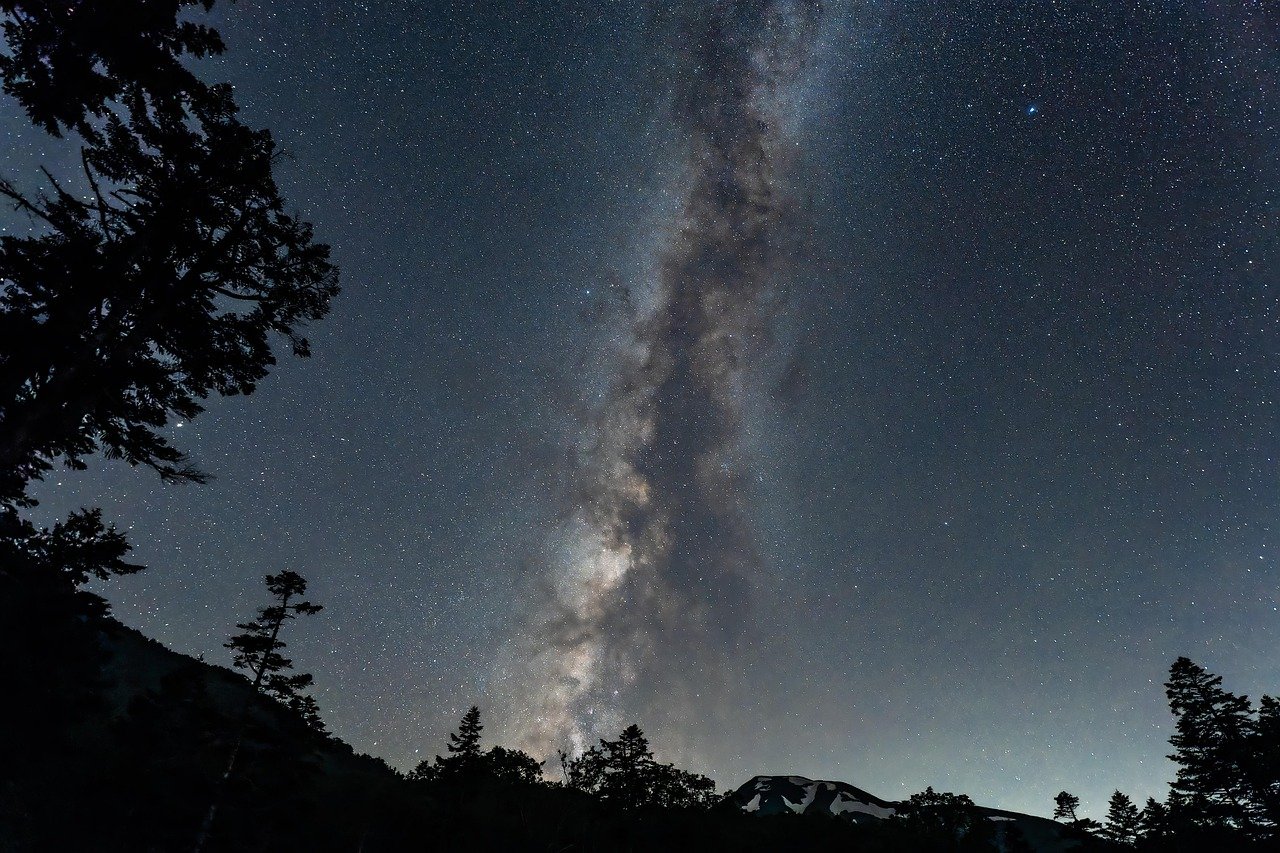Have you ever gazed up at the night sky and felt small, almost as if the universe is whispering secrets you might never know? Space has a way of making us feel both insignificant and infinitely curious. The biggest discoveries from space exploration have done more than just answer questions—they’ve shattered old beliefs, sparked wild debates, and rewritten the very story of our existence. From ideas that were once ridiculed to images that left the world breathless, these ten discoveries didn’t just change science—they changed us.
The Heliocentric Model: A Sun-Centered Revolution

Imagine living at a time when everyone believed the Earth was the center of everything. It was more than a scientific belief—it was woven into religion, culture, and even self-worth. Then along came Nicolaus Copernicus in the 16th century, quietly suggesting that, actually, the Earth and all the planets revolve around the sun. The heliocentric model didn’t just shift a few scientific lines in textbooks; it ripped apart humanity’s sense of place in the cosmos. Suddenly, we weren’t the universe’s main character anymore. This bold idea was met with anger and disbelief, but it laid the foundation for every modern astronomical discovery that followed. Copernicus’s vision eventually lit a fire under future scientists, showing that it’s okay—even necessary—to question everything we think we know.
The Laws of Planetary Motion: Orbits Unveiled
After Copernicus set the sun at the center, Johannes Kepler took things further in the early 1600s by figuring out exactly how planets move. Kepler’s three laws of planetary motion revealed that planets don’t move in perfect circles, but in ellipses. At the time, this was like saying the earth wasn’t round—it was shocking! Kepler’s work showed that the universe runs on beautiful, predictable math, not just random chance. These laws let astronomers predict where planets and comets would be, giving birth to celestial mechanics. Kepler’s ideas made the solar system feel less like a cosmic mystery and more like a giant clockwork machine—one that humans could finally begin to understand.
The Discovery of Gravity: Invisible Forces at Work

Isaac Newton’s discovery of gravity in the late 17th century was nothing short of magical. Before Newton, people watched apples fall and planets spin but had no clue what connected them. Newton’s law of universal gravitation revealed that every object, from a pebble to a planet, pulls on every other object. Suddenly, the same force that kept us grounded explained why the moon orbits Earth and why the planets dance around the sun. This invisible tether connected everything in the universe, turning chaos into order. Newton’s insights didn’t just explain the skies—they created the very rules that still guide rockets and satellites today.
The Expanding Universe: Galaxies on the Move
In the 1920s, Edwin Hubble made a discovery that blew open the doors of the universe. By observing distant galaxies, he found they were all moving away from us, and the farther they were, the faster they sped off. This was a cosmic shocker—it meant the universe isn’t static but expanding, like a balloon being blown up. Hubble’s law challenged the idea of an unchanging universe and set the stage for the Big Bang theory. The notion that everything—galaxies, stars, planets, and even us—sprang from a single moment of creation changed how humans imagine the cosmos and their own beginnings.
Cosmic Microwave Background Radiation: Echoes of the Big Bang

In 1965, Arno Penzias and Robert Wilson accidentally stumbled upon a faint hiss of radio noise that turned out to be cosmic microwave background radiation. This discovery was astonishing because it was the lingering heat from the universe’s birth—the smoking gun for the Big Bang theory. The CMB is like a baby photo of the cosmos, frozen when it was just 380,000 years old. By studying this ancient light, scientists can peer back in time, unlocking secrets about how the universe formed, what it’s made of, and how it might end. The CMB turned abstract theory into undeniable evidence, making the Big Bang story impossible to ignore.
Exoplanets and the Search for Life: Worlds Beyond Ours
Not long ago, most people believed our solar system was unique. That changed dramatically in the 1990s, when astronomers discovered the first exoplanets—planets orbiting other stars. Suddenly, the galaxy seemed packed with worlds, some eerily similar to Earth. With thousands of exoplanets now cataloged, scientists are searching for places where life might exist. The idea that there could be other blue planets, maybe with their own oceans and forests, is both thrilling and unsettling. These discoveries have transformed astrobiology into one of the hottest scientific fields and ignited hope that we may not be alone in the universe.
Dark Matter and Dark Energy: The Invisible Universe

It’s hard to believe, but everything we can see—stars, planets, galaxies—is just a tiny fraction of the cosmos. Astronomers discovered that most of the universe is made up of mysterious stuff: dark matter and dark energy. Dark matter, which makes up about 27% of the universe, doesn’t shine or glow, but its gravity holds galaxies together. Even stranger, dark energy—accounting for about 68%—is pushing the universe to expand faster and faster. Scientists don’t know what either one really is. This realization has flipped physics on its head, showing that we’re just starting to scratch the surface of what’s really out there.
Gravitational Waves: Ripples in Reality

For a hundred years, gravitational waves were just a wild prediction from Einstein’s theory of general relativity. But in 2015, the LIGO observatory detected tiny ripples in spacetime caused by two black holes colliding. This discovery was electrifying—it meant we could finally “listen” to the universe, not just look at it. Gravitational waves let scientists observe cosmic events that are invisible to telescopes, like black holes merging or neutron stars colliding. It’s like suddenly being able to hear a symphony after years of only seeing the instruments. This breakthrough has opened a brand-new way to explore the deepest mysteries of space.
The Mars Rover Missions: Robots on the Red Planet
Mars has always fascinated Earthlings, and NASA’s Mars rover missions have brought the Red Planet closer than ever before. The Curiosity and Perseverance rovers are like robotic geologists, rolling across Martian deserts, drilling into rocks, and searching for signs of ancient life. These rovers have found evidence of ancient riverbeds, organic molecules, and even methane—clues that Mars might have once harbored life. The images and data they send back are both haunting and awe-inspiring, making Mars feel less like a distant dot in the sky and more like a real place we might one day visit.
The Event Horizon Telescope: Capturing a Black Hole’s Shadow
For decades, black holes lived in the realm of theory and science fiction. That changed in 2019, when the Event Horizon Telescope—a globe-spanning network of observatories—captured the first-ever image of a black hole’s event horizon in the galaxy M87. The photo, a glowing ring of light around a shadowy center, stunned the world. It was visual proof that black holes are real, not just mathematical monsters. This achievement confirmed Einstein’s predictions and gave scientists a new tool to study the most extreme objects in the universe. Seeing a black hole for the first time was like peeking behind the curtain of reality itself.


